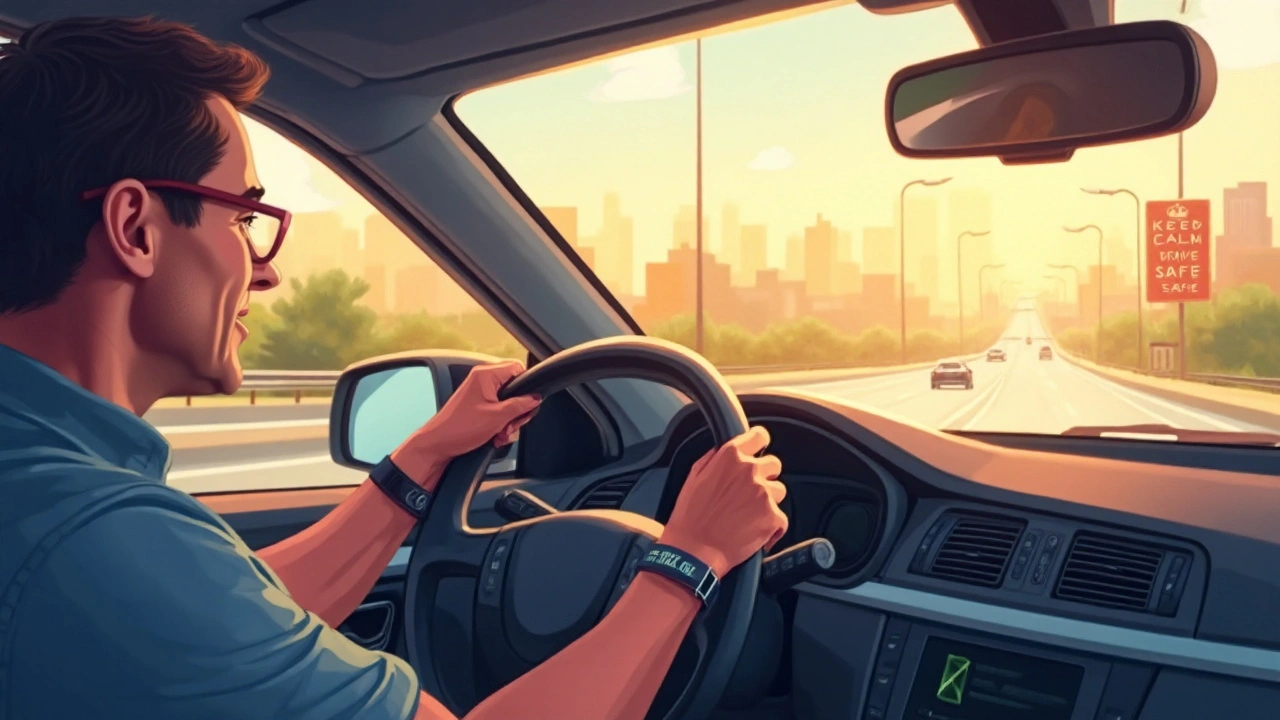Supraventricular Tachycardia and Driving: What You Need to Know
If you have supraventricular tachycardia (SVT), the thought of getting behind the wheel can feel scary. The fast heart rhythm can cause dizziness, shortness of breath, or even fainting – all of which are dangerous while driving. This guide gives you straight‑forward advice on when you can drive, what the law says, and how to handle an episode if it happens on the road.
When Is It Safe to Drive?
First, talk to your doctor. Most doctors will clear you to drive once your SVT is under control with medication, lifestyle changes, or a procedure like catheter ablation. If you are still having frequent episodes, the safest choice is to avoid driving until the episodes are under control.
Watch for warning signs that tell you it’s not a good time to drive: sudden palpitations that last more than a few minutes, feeling light‑headed, chest pain, or shortness of breath. If any of these happen, stay home and rest. Even if you feel fine after an episode, give yourself at least 30 minutes to recover before you think about driving.
Legal rules differ by country, but many places require a doctor’s note if you have a heart condition that could affect driving. Check your local motor‑vehicle authority to see if a medical report is needed. Having paperwork ready can save you a lot of hassle if you ever get pulled over.
What to Do If an Episode Hits on the Road
Stay calm. Panic makes the heart race faster. Grip the steering wheel lightly, turn on the hazard lights, and pull over safely off the road. If you can, pull into the shoulder or a parking lot – avoid stopping in traffic lanes.
Once you’ve stopped, sit down, breathe slowly, and try a vagal maneuver. Simple tricks like coughing hard, bearing down as if you’re trying to have a bowel movement, or splashing your face with cold water can sometimes break the SVT. If you have a prescribed ‘rescue’ medication such as a short‑acting beta‑blocker, take it as directed.
If the episode doesn’t end within a few minutes or you feel faint, call emergency services. Let them know you have SVT; they’ll prioritize getting you to a hospital quickly. While you wait, keep your phone on speaker so a friend or family member can hear what’s happening.
After the episode, give yourself more recovery time before you drive again. Even if you feel normal, the adrenaline from the scare can linger and affect your reaction time.
In the long run, keep a log of when episodes happen, what you were doing, and how long they lasted. This information helps your doctor adjust treatment and reduces the chance of another surprise while driving.
Remember, safety comes first. If you ever doubt your ability to drive, choose a ride‑share, public transport, or ask a friend for a lift. Managing SVT is doable, and with the right steps, you can stay safe on the road and keep your independence.
Supraventricular Tachycardia and Driving: Essential Safety Tips & Guidelines
- Elliot Grove
- on Sep 23 2025
- 6 Comments

